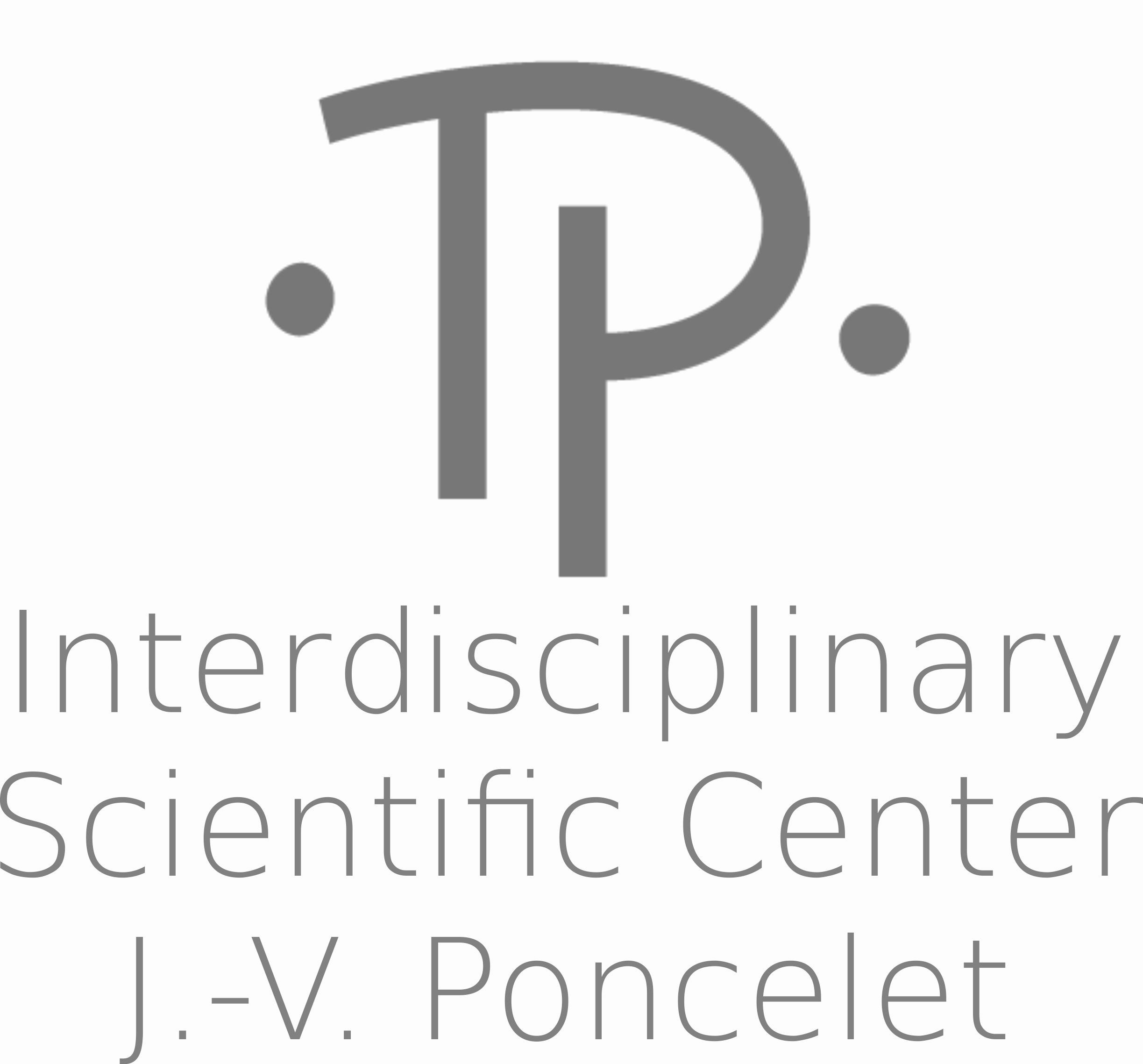Combinatorics and Arithmetic for Physics: special days
Centre de conférences Marilyn et James Simons
Le Bois-Marie
Combinatorics and Arithmetic for Physics: special days
The meeting’s focus is on questions of discrete mathematics and number theory with an emphasis on computability. Problems are drawn mainly from theoretical physics (renormalisation, combinatorial physics, geometry, evolution equations, noncommutative differential equations) or related to its models, but not only.
Computation, based on combinatorial structures (graphs,trees, words, automata, semirings, bases) or classic structures (operators, Hopf algebras, evolution equations, special functions, categories) are good candidates for computer-based implementation and experimentation."
Organised by : Gérard H.E. Duchamp, Maxim Kontsevich, Gleb Koshevoy et Vincel Hoang Ngoc Minh
The conference will be held in a blended form, with talks given on site at IHES and others remotely through Zoom.
All the talks may be followed either online or on site.
Covid-19 regulations: for those who will attend in person, masks will be mandatory and we will ask them to provide a health pass upon their arrival.
Sponsors:
GDR Renorm
LIPN et FR Math-STIC (Univ-Paris 13)

